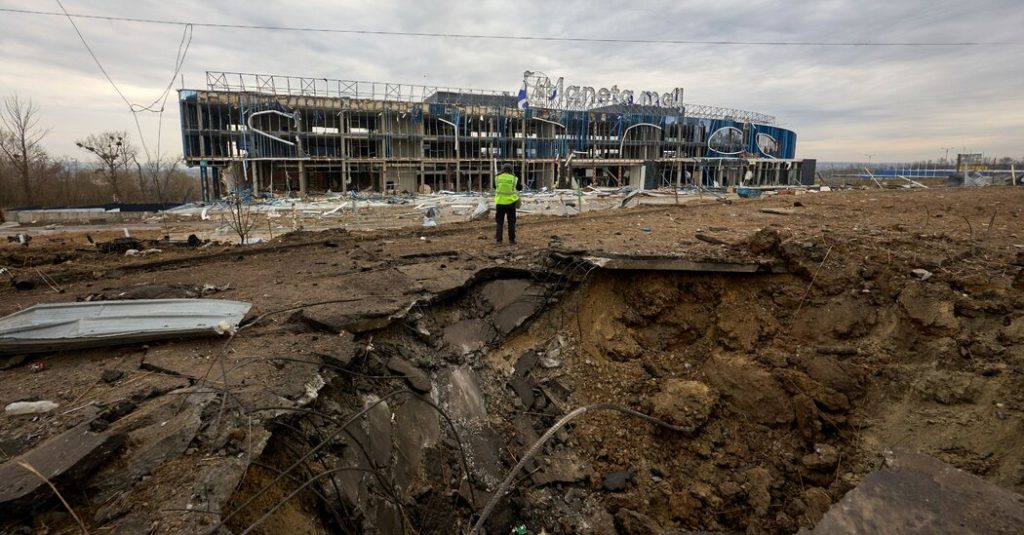Russian rockets attacked residential buildings in Kharkiv, Ukraine, resulting in the deaths of at least seven people and injuries to 11 others. President Volodymyr Zelensky called for improved air defense in the region and asked for international support. However, uncertainty looms as American military assistance has halted and a potential aid package faces resistance in Congress. Russia, on the other hand, has increased its arsenal of missiles, bombs, and drones, intensifying its attacks across Ukraine.
Kharkiv, the second-largest city in Ukraine, has been a target of Russian bombardments since the beginning of the war in 2022. Recent attacks have seen the deployment of powerful guided bombs, posing a new threat to Ukrainian defenses. The destruction in Kharkiv has been significant, with tens of thousands of buildings destroyed and an estimated cost of over $10 billion for reconstruction. Critical infrastructure has suffered severe damage, leaving thousands of residents homeless.
In a recent assault, Russia fired S-300 missiles from its territory into residential areas of Kharkiv, causing extensive damage to buildings, including homes and public facilities. This attack followed previous strikes that resulted in the deaths of civilians and emergency workers. Meanwhile, Russian propaganda has aimed to sow panic in the city, spreading false information about potential encirclement. Despite the ongoing attacks and challenges, the majority of Kharkiv’s population remains in the city, resisting evacuation.
Russia’s strategy has relied on air superiority to target Ukrainian positions and fortifications, utilizing guided bombs to weaken defenses. The guided bombs, with the ability to travel over 55 miles, are launched from within Russia, making them difficult for Ukraine to intercept. In response, Ukraine has initiated drone assaults targeting Russian warplanes at multiple airfields, resulting in some aircraft destruction. While Russia has claimed to intercept many drones, the extent of the damage remains unclear.
The dynamics of the conflict continue to evolve, with both sides adapting their tactics and weaponry. Ukraine’s efforts to counter Russian attacks, such as launching drone assaults on airfields, demonstrate a shift in strategy and capabilities. The ongoing conflict in Ukraine not only involves military engagements but also includes information warfare, propaganda, and humanitarian challenges. Despite the devastation and hardships faced by the people of Kharkiv and Ukraine as a whole, resilience and determination to defend their homeland persist.
As the situation in Kharkiv and other parts of Ukraine remains precarious, international attention and support are crucial. The conflict, which has escalated with devastating consequences, underscores the urgent need for diplomatic solutions to end the violence and suffering. The resilience of the Ukrainian people, the complexity of the conflict, and the impact on civilian populations highlight the multifaceted nature of the war and the challenges in finding a lasting resolution. Anastasia Kuznietsova has contributed valuable reporting on the ground, shedding light on the reality of the situation in Kharkiv and Ukraine.


